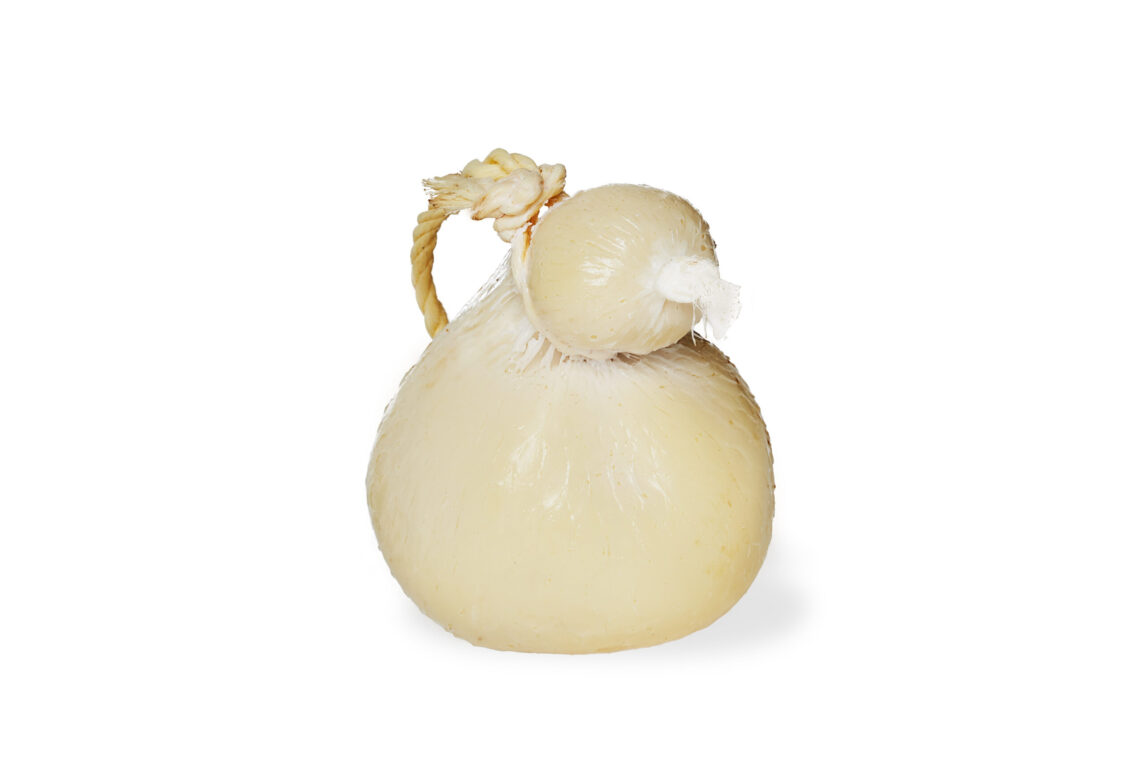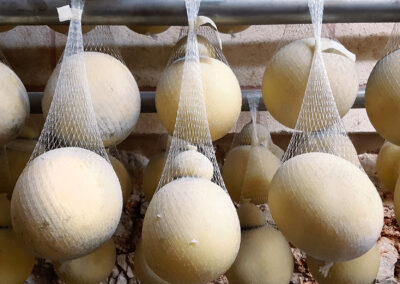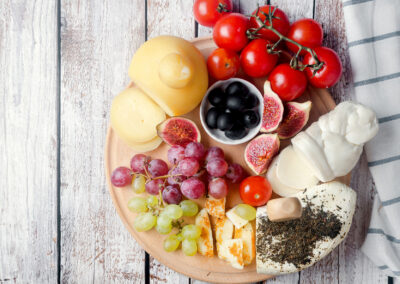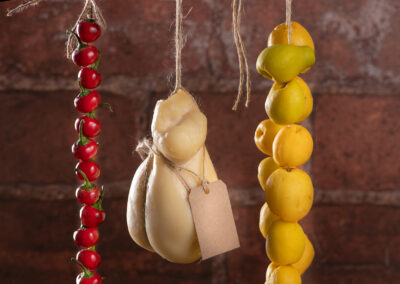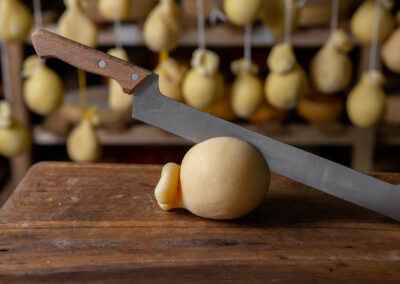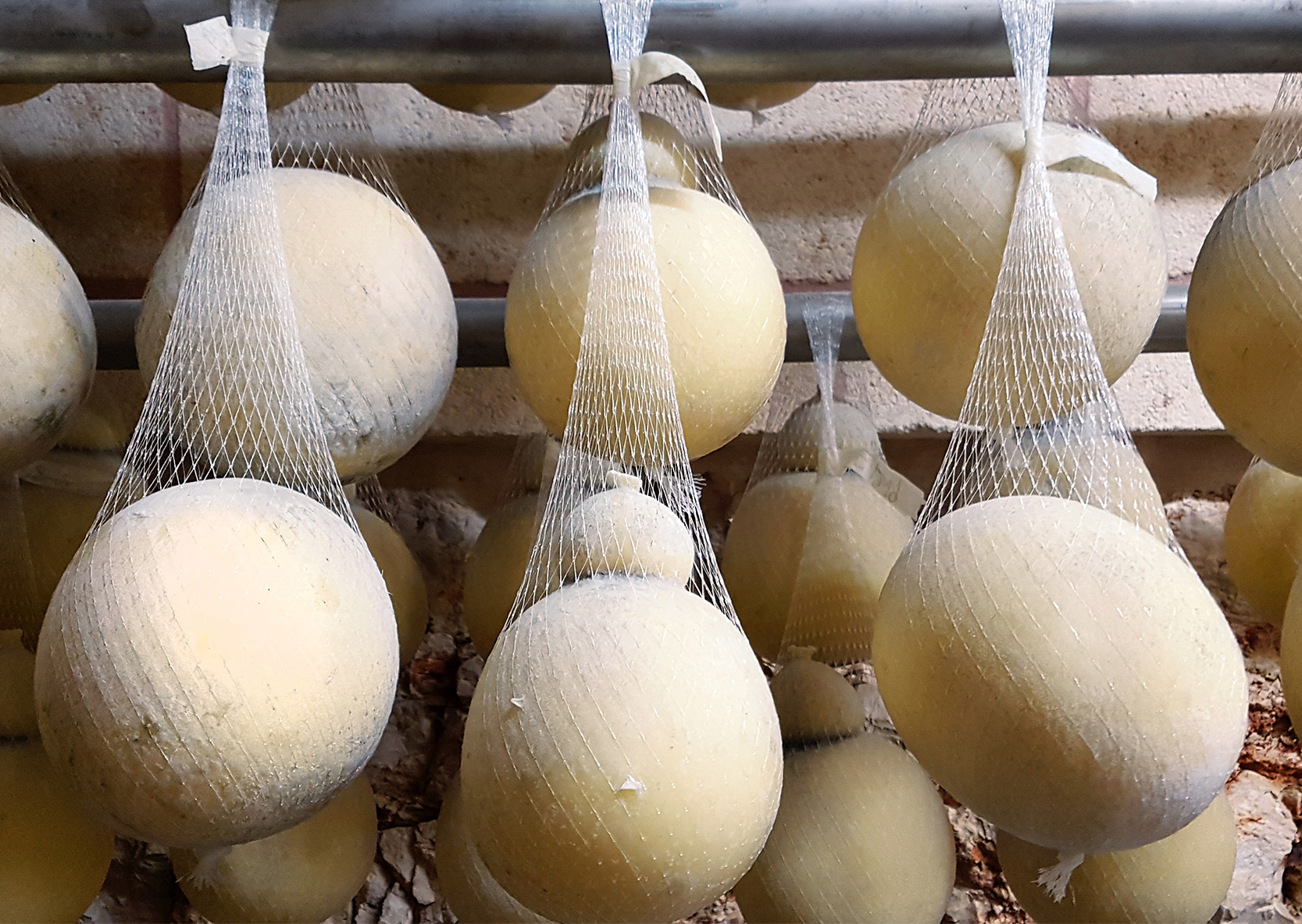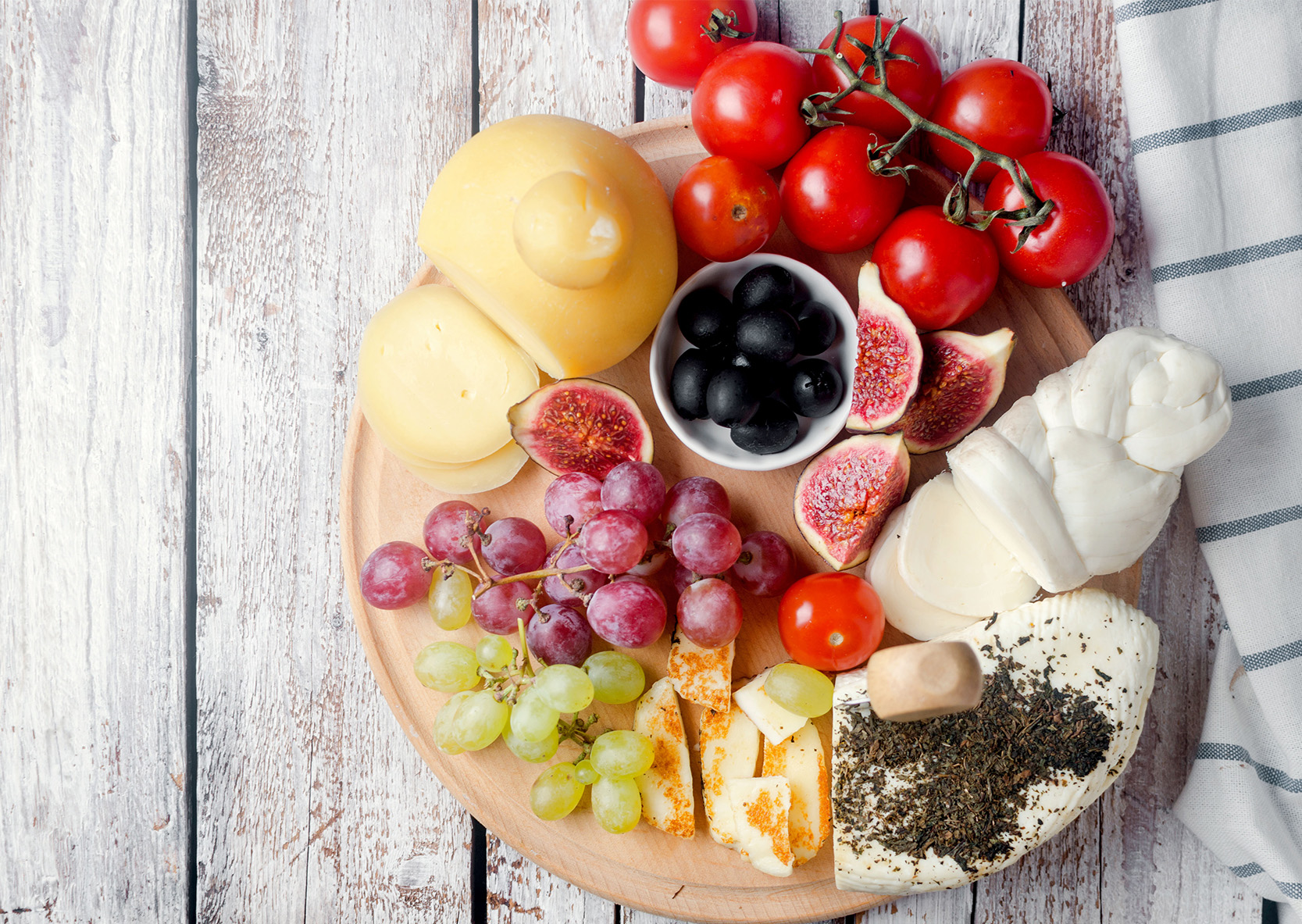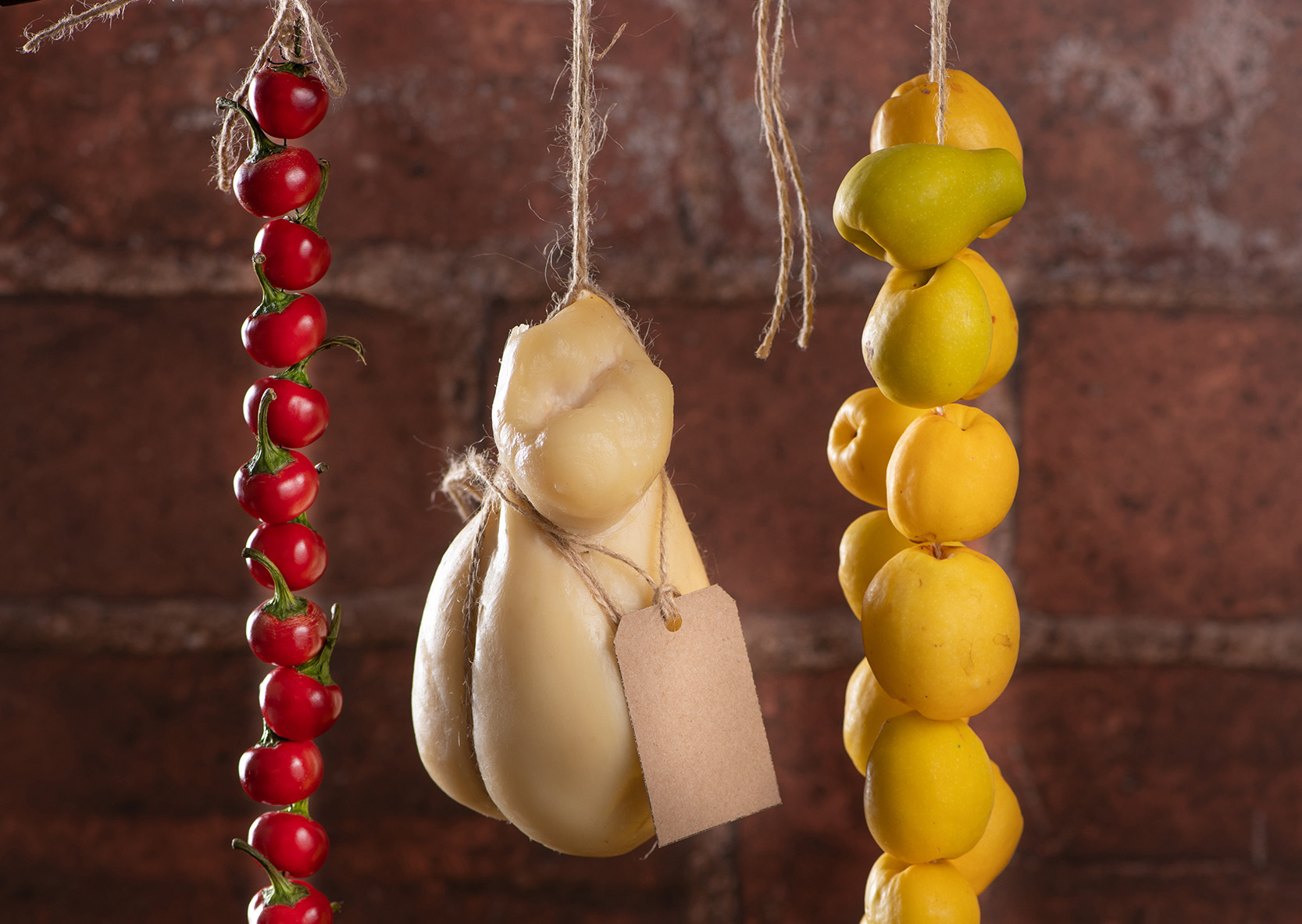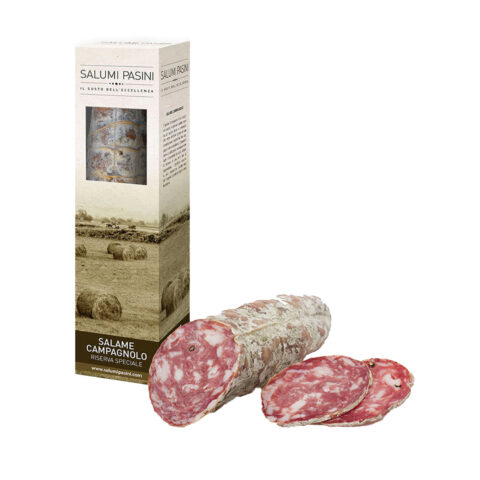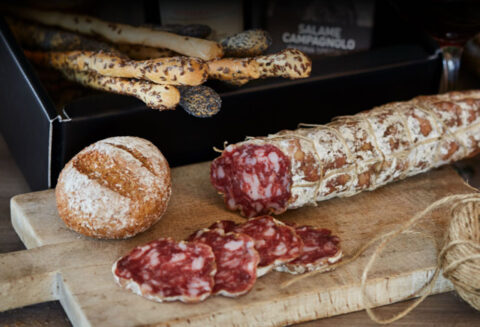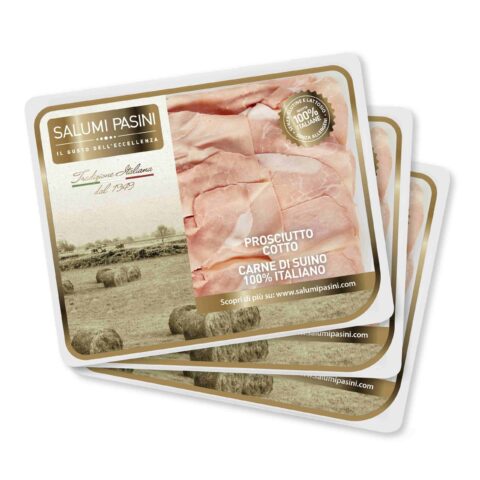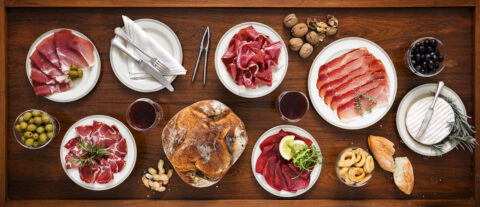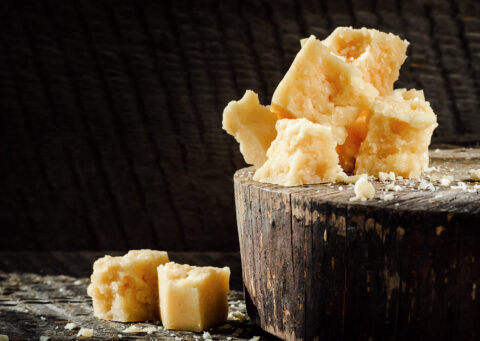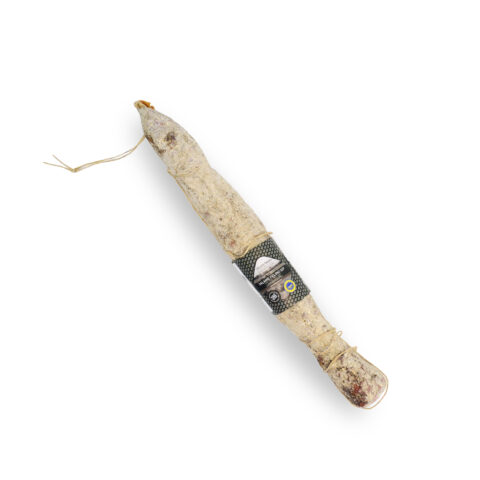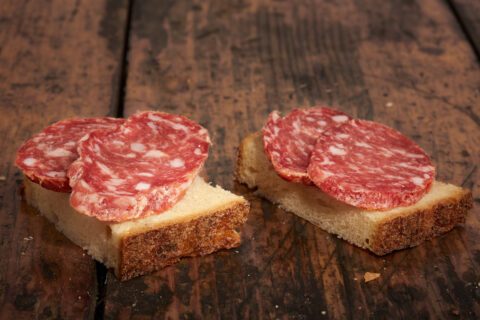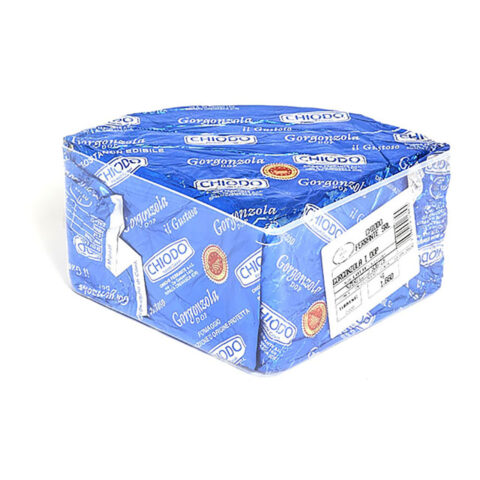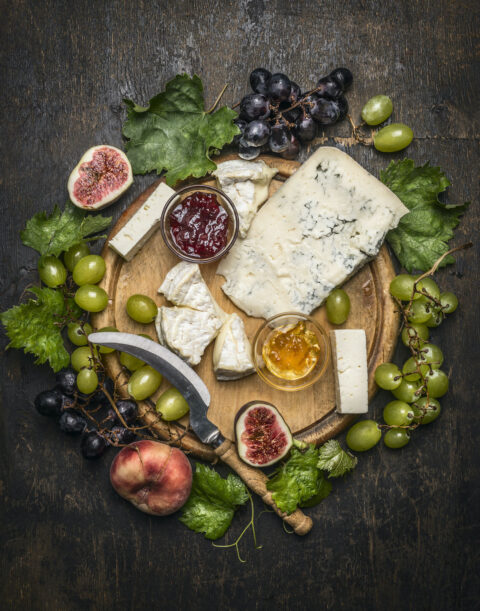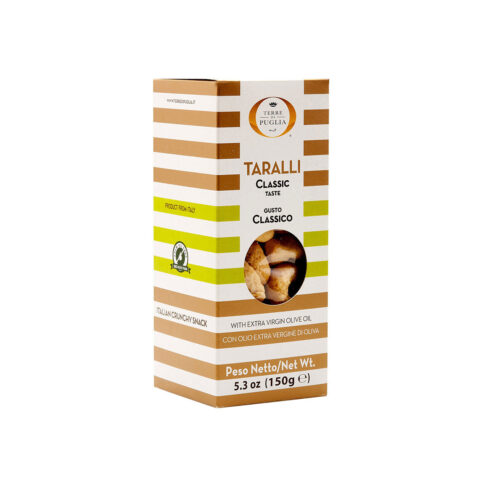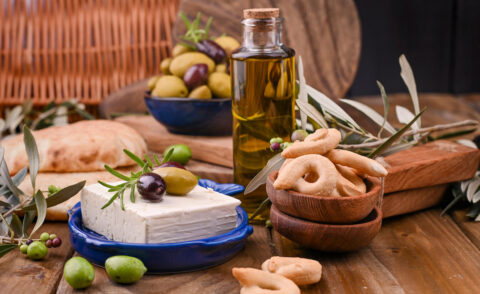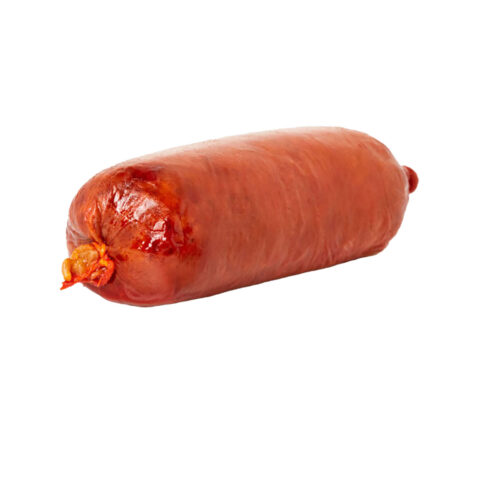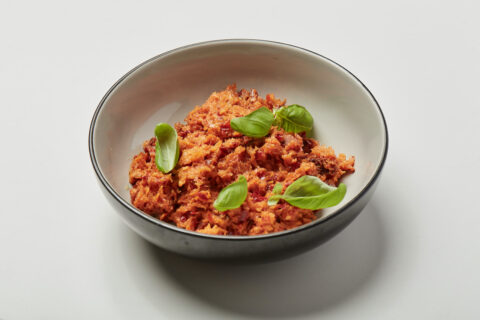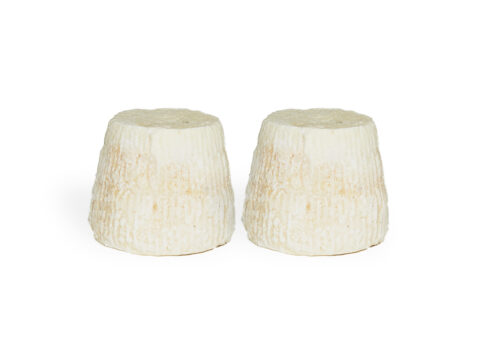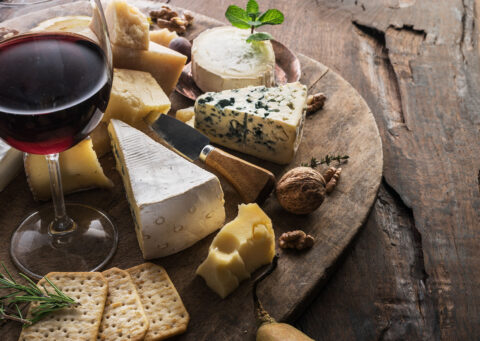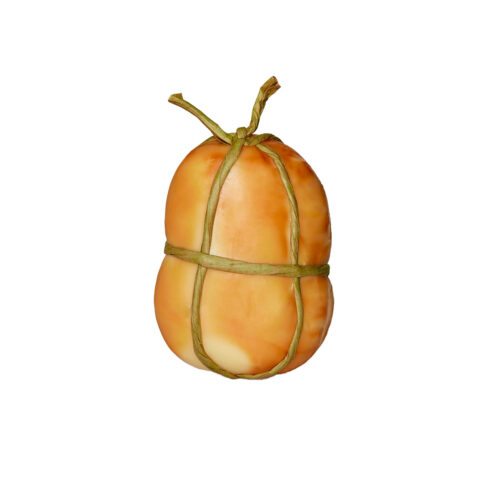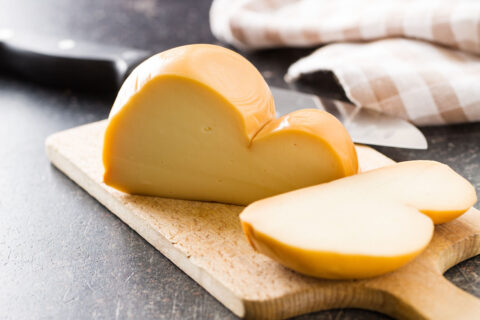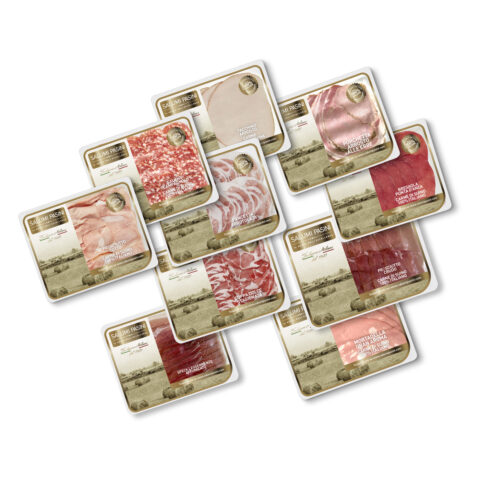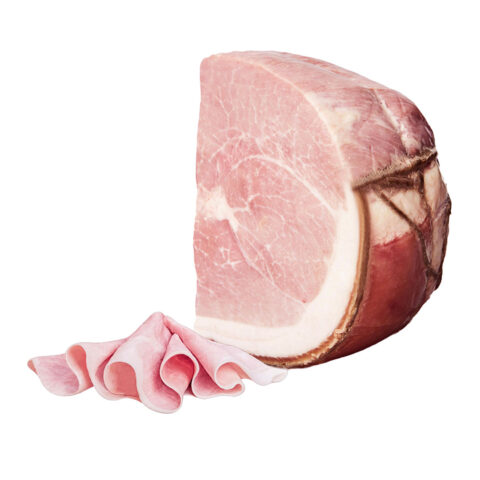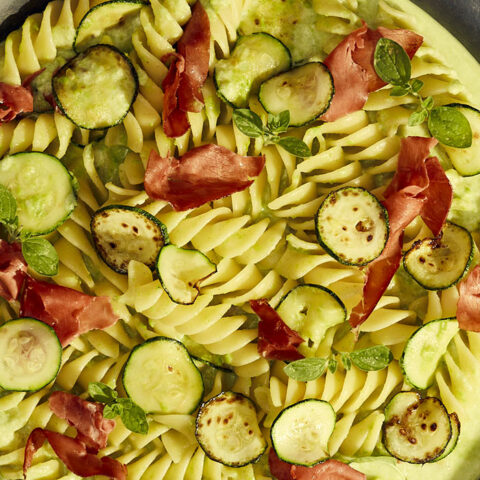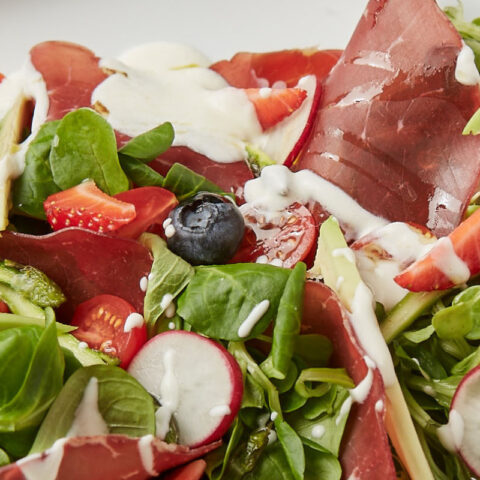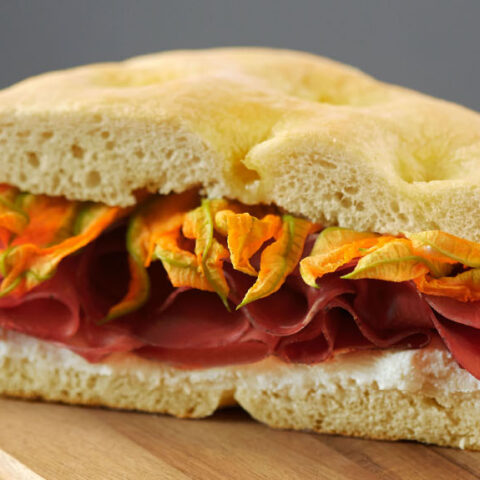Clean a zucchini, cut it into small pieces and boil it in salted water. At the end of cooking, drain the zucchini and put it in the bowl of the minipimer adding oil, a cup of cold water and blend until it becomes a cream. Keep it aside. Cut the remaining zucchini into...
CACIOCAVALLO CHEESE
€18,90
FAST SHIPPING
SAFE PAYMENTS
Caciocavallo is a matured spun-paste cheese typical of Southern Italy. It is made with cow’s milk, salt and lamb or kid rennet only. The milk used for the production of Caciocavallo cheese is Italian.
It is characterised by a mild, delicate and moderately savoury taste and an aromatic scent of fresh milk. It has a thin, hard rind with a straw-yellow colour, which tends to be darker the more the cheese is matured. This cheese is rich in protein, phosphorus, calcium, lipids and vitamin B2, with a rather low lactose content.
Ingredients
Cow’s milk of Italian origin, salt, lamb or kid rennet. Origin MILK ITALY
Ingredients
Cow’s milk of Italian origin, salt, lamb or kid rennet. Origin MILK ITALY
Food expiration
Conservation tips
NUTRITIONAL VALUES
RELATED PRODUCTS
HOW BEST TO ENJOY IT
Caciocavallo is a very versatile cheese that can be enjoyed in different ways. Many prefer cutting into small cubes and enjoying it raw during the aperitif, accompanied by cured meats, fresh bread or taralli. Otherwise, it can be thinly sliced and become the perfect filling for a sandwich. Another delicious way to taste it is by melting it in the oven or in a pan in order to release its unique fragrance and fully appreciate its texture. If you choose to bake it, you can also decide whether to cook it on its own in a bowl or to add some ingredients that can enhance its flavour and create a unique recipe such as broad beans and prosciutto. Caciocavallo is also perfect on baked pasta or vegetable dishes or for meat rolls. Try it on pizza too!
THE PERFECT MATCH
Caciocavallo is a traditional cheese from the south of Italy and therefore pairs perfectly with wines from the same territories of production. This creates a combination of traditional southern aromas and flavours. We recommend enjoying it with a glass of fresh white wine with fruity and citrus aromas such as Grillo or with a wine with a balanced flavour with notes of dried fruit such as Fiano di Avellino DOCG.
PROCESSING
Caciocavallo cheese undergoes its maturing phase hanging from a beam ("a cavallo" in Italian), usually made of wood. It is precisely this phase that gives Caciocavallo the distinctive traits that make it unique and recognisable everywhere: its name and its shape. The latter, in fact, depends on
the shape the cheese takes on, forming two rounded bodies joined by a bottleneck at the point where it rests on the beam during ripening.
HISTORICAL NOTES
The origin of Caciocavallo is rather mysterious and full of different theories. According to the most common theory, as mentioned above, the name of this cheese comes from the way it is aged. Other theories, however, claim that Caciocavallo owes its name to a custom widespread in the Kingdom of Naples, where the cheese was traditionally marked with the symbol of a horse ("cavallo" in Italian). Still, others say that the name depends on the fact that it was hung on the back of the horses used by merchants to take it to the market for sale in the past. There are also various tales about its origins. It is thought to have been brought by the Ottomans who, in turn, received it from the Jews in 1500. There is much mystery surrounding the events that brought the Caciocavallo to the Italian territory. In any case, today caciocavallo is such an integral part of the Southern Italian culinary tradition that there are several variations, from the famous Caciocavallo Podolico - whose name comes from the breed of cows that produce its milk - to the Caciocavallo Silano DOP, the Ciminà and many others.
COOKING TIPS
Bresaola with fruit and vegetable salad
For asparagus Cut the asparagus into julienne strips. Place them in a bowl and add 1 tablespoon of extra virgin olive oil, the juice of half a lemon, salt and mix. For the dressing In a bowl add the low-fat yogurt, 1 tablespoon of extra virgin olive oil, salt and...
Focaccia with bresaola, zucchini flowers and goat cheese
Mix flour and beer, and dip the zucchini flowers in the batter. In the meatime, heat oil in a deep pan and, once it has reached the temperature of 180°, place the battered zucchini flowers in it. Once they start to golden, take them out and place them on absorbing...
